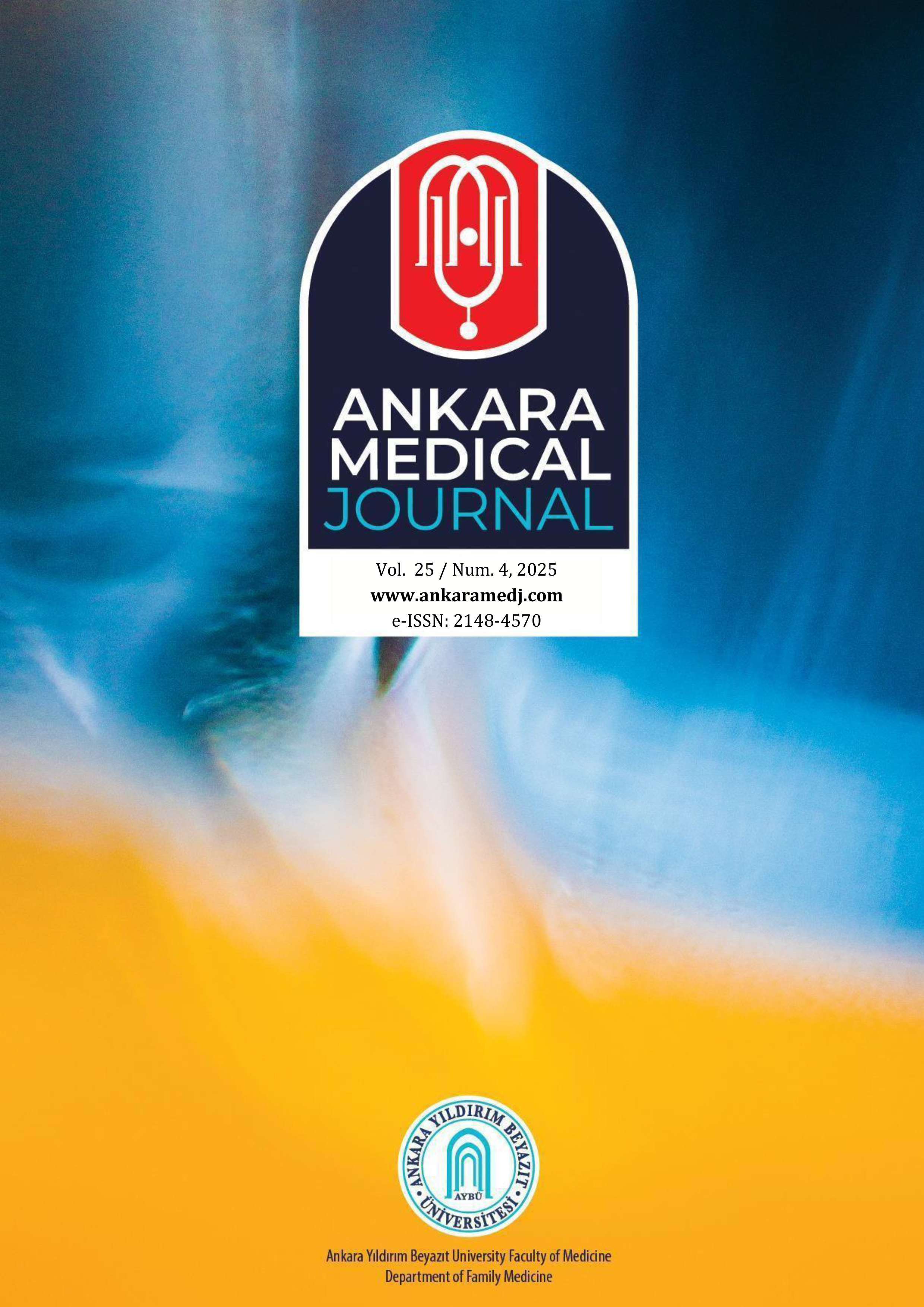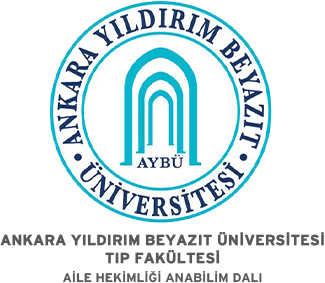Aile Hekimliği Asistanlarının ve Uzmanlarının Gebelikte Asemptomatik Bakteriüri Hakkındaki Bilgi Düzeyleri
Murat Çevik1, İzzet Göker Küçük2, Utku Eser3, Kurtulus Ongel41Güdül Aile Sağlığı Merkezi, Ankara, Türkiye2Kemalöz Aile Sağlığı Merkezi, Uşak, Türkiye
3Uşak üniversitesi Tıp Fakültesi Aile Hekimliği Anabilim Dalı
4İzmir Katip Çelebi Üniversitesi Aile Hekimliği Anabilim Dalı, İzmir, Türkiye
GİRİŞ ve AMAÇ: Çalışmamız gebelikte görülen asemptomatik bakteriüri hakkında aile hekimliği asistanları ve uzmanlarının yaklaşımlarını ve bilgi düzeylerini belirlemeyi amaçlamaktadır.
YÖNTEM ve GEREÇLER: Bu çalışma, Mart-Ağustos 2018 tarihleri arasında, kolay örneklem ile gerçekleştirilmiş, açılan web sitesi üzerinden maksimum hekim sayısına ulaşılarak yapılmış kesitsel bir çalışmadır. Türkiye genelinde, asistan ve uzman aile hekimlerine, gönüllü onam formu doldurulduktan sonra araştırmacılar tarafından oluşturulmuş 19 soru içeren bir anket uygulanmıştır. Tanımlayıcı istatistiksel analizler için SPSS 21 istatistik programı kullanılmıştır.
BULGULAR: Çalışmaya 166sı (%65,9) aile hekimliği asistanı (AHA), 86sı (%34,1) aile hekimliği uzmanı (AHU) toplam 252 kişi katıldı. Gebe takibi esnasında 102 hekim (27 AHU ve 75 AHA) tam idrar tahlili (TİT) ve idrar kültürünü beraber istedi. İdrar kültüründe asemptomatik bakteriüri diyebilmek için bakteri sayısının 105den fazla olmalıdır sorusuna AHUların 55i (%64,0) ve AHAların ise 91si (%54,8) doğru cevap verdi. Gebelikte asemptomatik bakteriüri tedavisinde AHU ve AHAların en sık ampisilin tercih ettiği saptandı. Çalışmaya katılan katılımcıların çoğu tedavide kullanılan Trimetoprim-Sülfometaksazol (TMP-SMX)ün komplikasyonlarından haberdardı.
TARTIŞMA ve SONUÇ: Çalışmamıza göre; Aile hekimliği uzmanlarının ve asistanlarının, gebelikteki asemptomatik bakteriüri hakkındaki bilgi düzeylerinin yetersiz olduğunu saptadık. Bu nedenle literatürde bu konuyla ilgili yeni ve çok sayıda katılımcıyı içeren çalışmaların yapılması bu konudaki farkındalığı arttıracağı düşüncesindeyiz.
Anahtar Kelimeler: Asemptomatik bakteriüri, aile hekimliği, gebelik
Knowledge Level of the Family Medicine Residents and Specialists about Asymptomatic Bacteriuria during Pregnancy
Murat Çevik1, İzzet Göker Küçük2, Utku Eser3, Kurtulus Ongel41Güdül Family Health Center, Güdül, Ankara, Turkey2Kemalöz Family Health Center, Uşak, Turkey
3Uşak University Faculty of Medicine, Department of Family Medicine, Uşak, Turkey
4Izmir Katip Çelebi University Faculty of Medicine, Department of Family Medicine, Izmir, Turkey
INTRODUCTION: This study aims to determine the approaches and level of knowledge of family medicine residents and specialists about asymptomatic bacteriuria in pregnancy.
METHODS: This is a cross-sectional study conducted between March and August 2018, with easy sampling, reaching the maximum number of physicians through the website we designed for this project. A questionnaire containing 19 questions created by the researchers was applied to family medicine residents and specialists in Turkey, after filling voluntary consent forms. SPSS 21 statistics program was used for descriptive statistical analyzes.
RESULTS: A total of 252 people, 166 (65.9%) family medicine residents (FMRs), 86 (34.1%) family medicine specialists (FMSs) participated in the study. During the pregnancy follow-up, 102 physicians (27 FMSs and 75 FMRs) requested complete urinalysis (CUA) and urine culture together. In order to be able to diagnose asymptomatic bacteriuria in urine culture, 55 of FMSs (64.0%) and 91 of FMRs (54.8%) gave the correct answer to the question that the number of bacteria should be more than 105. In the treatment of asymptomatic bacteriuria during pregnancy, it was determined that the FMSs and FMRs mostly preferred ampicillin. Most of the participants in the study were aware of the complications of Trimethoprim-Sulfamethoxazole (TMP-SMX) used in the treatment.
DISCUSSION AND CONCLUSION: According to our study; We found that the knowledge level of family medicine specialists and residents about asymptomatic bacteriuria during pregnancy was insufficient. For this reason, we think that conducting new studies on this subject in the literature and involving a large number of participants will increase awareness of this issue.
Keywords: Asymptomatic bacteriuria, family medicine, pregnancy
Makale Dili: İngilizce
(1090 kere indirildi)





